Friday Matinee Special: Nuclear Manufacturing Innovation
Editors note: Today's video is second in a special series filmed in June at the American Nuclear Society's Annual Meeting held in San Francisco, Calif. this past June.

Editors note: Today's video is second in a special series filmed in June at the American Nuclear Society's Annual Meeting held in San Francisco, Calif. this past June.
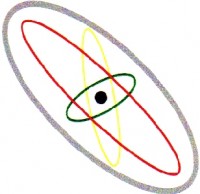 The last half of the 1950s was a time of great promise for the concept of atomic-powered commercial ships. The idea was given real political momentum (which it very much needed) in 1955 when President Eisenhower formally proposed construction of such a ship by the United States. In July 1956, Congress passed Public Law 848, authorizing the actual engineering and construction of the ship.
The last half of the 1950s was a time of great promise for the concept of atomic-powered commercial ships. The idea was given real political momentum (which it very much needed) in 1955 when President Eisenhower formally proposed construction of such a ship by the United States. In July 1956, Congress passed Public Law 848, authorizing the actual engineering and construction of the ship.
(This post is the first of a series showing presentations given at the American Nuclear Society's 2017 Annual Meeting, held in San Francisco in June.)
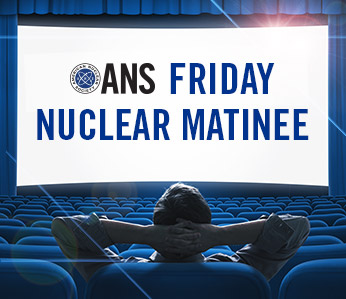
Our ANS Nuclear Cafe "Friday Nuclear Matinee" feature this week is a brand new video produced by the IAEA (International Atomic Energy Agency) entitled "What is the Future of Nuclear Energy?" This fact-filled three-minute video is a good primer for the future of nuclear power. We hope you enjoy it!
Reports out of China emerged earlier this week that Sanmen Unit 1, the first Westinghouse AP1000 unit expected to start up, had "been commissioned." These reports quoted an official speaking at a professional conference.
More than the usual number of nuclear energy-related news items have come to the fore this week, so we'll touch on each significant development and provide links for further reading.
In a stunning but not wholly unexpected move, newly elected South Korean president Moon Jae-In announced during a ceremony marking the final shutdown of Kori Unit 1 that future nuclear power plants in South Korea will be cancelled and that the country will begin to shift toward renewables for its future energy needs-backed by natural gas.
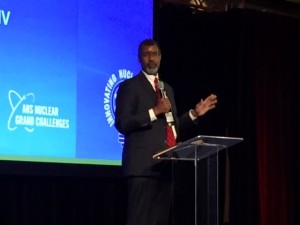
OECD Nuclear Energy Agency Director-General Bill Magwood speaks at the ANS 2017 Annual Meeting. Photo credit: Tari Marshall.
Attendees of the 2017 American Nuclear Society Annual Meeting were fortunate to hear an address by William Magwood, the former NRC Commissioner. Magwood is currently the Director-General of the Nuclear Energy Agency (NEA) of the OECD. He addressed the ANS members on the ANS Grand Challenges developed under the leadership of (now immediate past-President) Andy Klein.
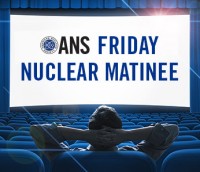 Our Friday Matinee feature this week is a short video from Southern Nuclear commemorating the 30th anniversary of the startup of Plant Vogtle Unit 1. Various employees look back at the time of the startup and capture their feelings for us to share in. We hope you enjoy "Plant Vogtle - Memories at 30."
Our Friday Matinee feature this week is a short video from Southern Nuclear commemorating the 30th anniversary of the startup of Plant Vogtle Unit 1. Various employees look back at the time of the startup and capture their feelings for us to share in. We hope you enjoy "Plant Vogtle - Memories at 30."
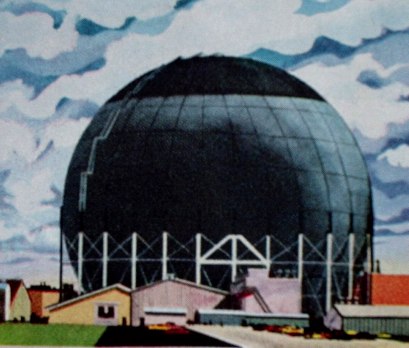
SIR (Submarine Intermediate Reactor) as shown in Bechtel Corporation advertisement, in Will Davis' library.
The now-obscure and thick "Atoms for Peace Manual" published in 1955 by the U.S. Government Printing Office (and presented by Senator Alexander Wiley) contains, near its end, a curious and also now-obscure event in atomic energy history: The first commercial sale of atomic-generated electricity. And thereby hangs a tale.
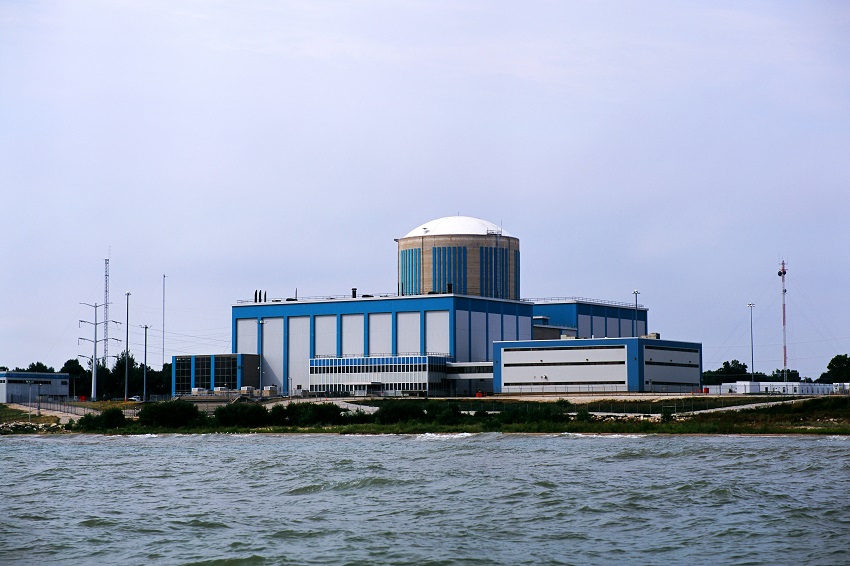
Lost to us now- the Kewaunee Nuclear Plant, shut down permanently in May, 2013.
This week, the American Nuclear Society (ANS) announced the approval and publication of its latest position statement, which addresses the existential threat faced by the nation's commercial nuclear power plants.
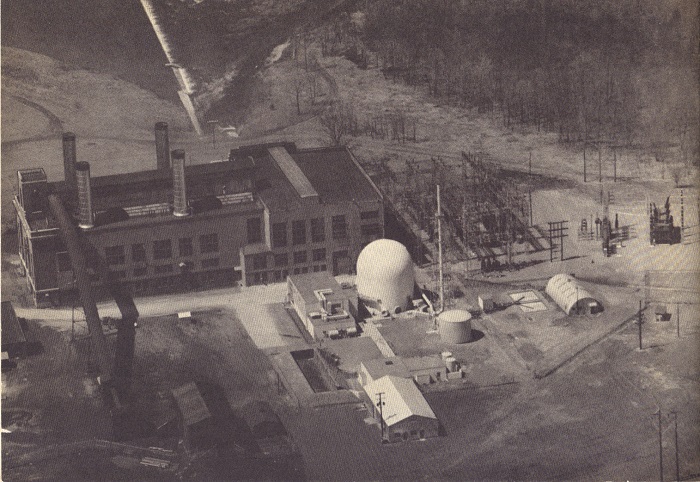 There's talk in some circles these days about selecting fossil-fueled power plants and adding nuclear reactors to them in order to "repower" them without emissions. One early example, the Saxton Experimental Reactor, is seen above in a photo from my collection*. There are some important things to think about before this is tried on a plant; here are five things to consider:
There's talk in some circles these days about selecting fossil-fueled power plants and adding nuclear reactors to them in order to "repower" them without emissions. One early example, the Saxton Experimental Reactor, is seen above in a photo from my collection*. There are some important things to think about before this is tried on a plant; here are five things to consider:
[embed]https://youtu.be/Kco8nLWMfO0[/embed]
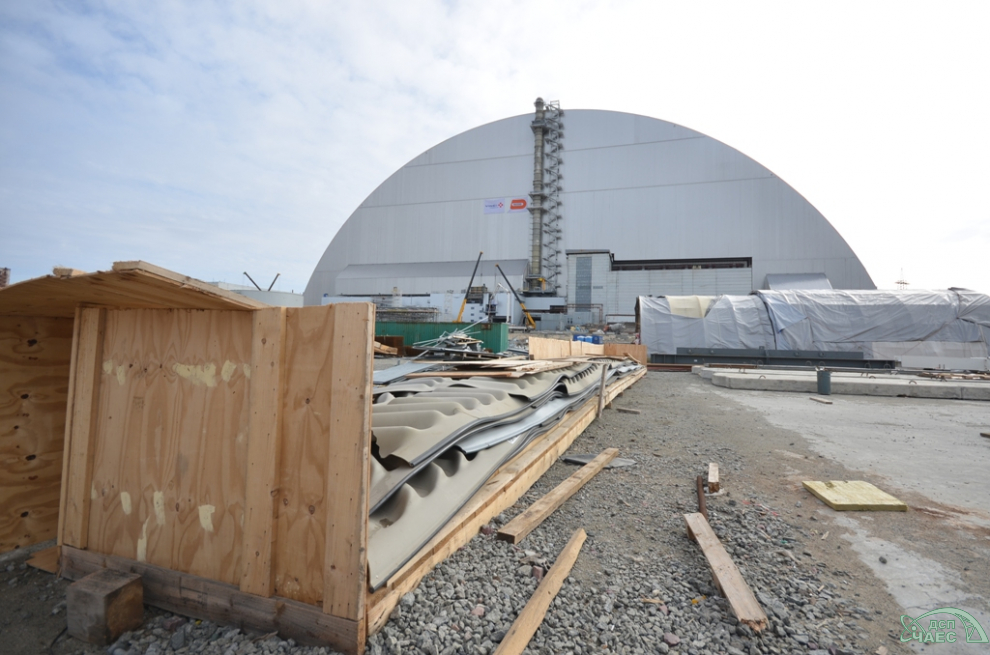
The sealing membrane for the new Chernobyl enclosure has been delivered to the site. Photo courtesy SSE ChNPP.
1. The Chernobyl Accident Wasn't a Nuclear Explosion. The accident at the Chernobyl nuclear power plant reactor no. 4 in April 1986 did destroy the reactor itself as well as the roof of the reactor building, but the explosive forces involved were, first, a steam explosion inside the complex reactor, followed almost immediately by a hydrogen gas explosion similar to those that occurred at Fukushima. No "nuclear yield" was involved-the forces were, instead, explosive expansion of steam and chemical.
On April 12, executives of SCANA Corporation and South Carolina Electric & Gas (SCE&G)-two of the owners of the V.C. Summer nuclear plant expansion, which is presently in progress adding two Westinghouse AP1000 units to the older, existing unit on site-delivered an ex parte briefing to the Public Service Commission (PSC) of South Carolina. The information given was quite detailed, but we present the major points here to expand on our coverage of the Westinghouse reorganization.
By Paul Menser
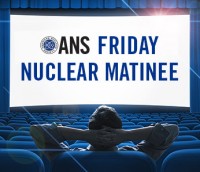 This week's matinee is a documentary of sorts, set to music, showing the decommissioning process undertaken at the former Yankee Atomic Electric plant at Rowe, Massachusetts. The heavy work to remove the power plant from the site stretched from 2003 to 2007, and much of it is shown in this several section video set to music. The video is entertaining, but also quite instructive.
This week's matinee is a documentary of sorts, set to music, showing the decommissioning process undertaken at the former Yankee Atomic Electric plant at Rowe, Massachusetts. The heavy work to remove the power plant from the site stretched from 2003 to 2007, and much of it is shown in this several section video set to music. The video is entertaining, but also quite instructive.
Editor's note: The ANS Nuclear Cafe is proud to feature
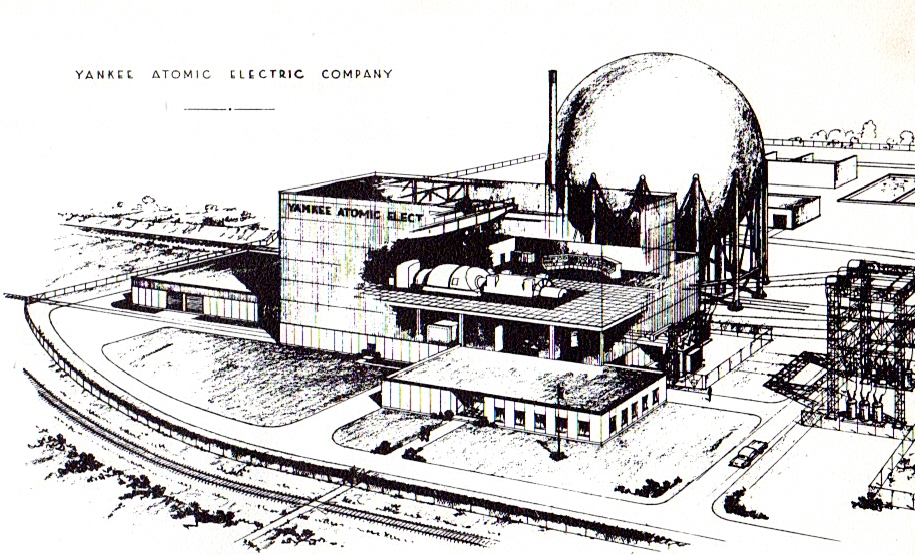
The dawn of the atomic energy age had only just broken in 1954 when representatives of the major electric utility companies of New England met to form a new venture. On the very next day after President Dwight Eisenhower signed the (amended) Atomic Energy Act of 1954, these representatives launched, in their first meeting, the consortium that would build one of the most successful early nuclear plants of them all. This plant was to be owned by a generating company, not a utility, and would sell atomic generated electricity to the component owner-members. The company would soon be named the Yankee Atomic Electric Company and would set a precedent for several following "Yankee" plants.
Today's short video shows the emission of radiation in a cloud chamber. Enjoy!